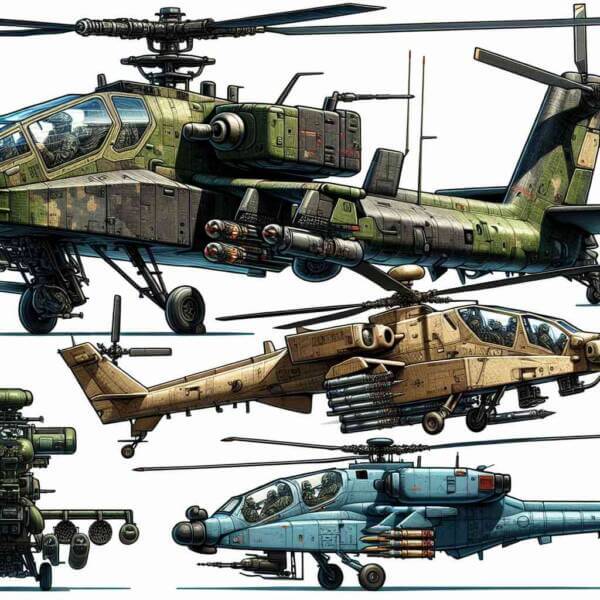Exploring Military Aviation: Strategic Importance Today
Exploring Military Aviation: Strategic Importance Today
Blog Article

Since its beginnings in the early 20th century, military aviation has changed how wars are fought.
Today, military aviation encompasses a wide range of technologies, from fighter jets and bombers to surveillance drones and transport planes.
The Evolution of Military Aviation
As technology advanced, airplanes were adapted for air-to-air battles, reshaping military strategies.
Major milestones in military aviation history include:
- Development of air combat tactics
- World War II advancements
- Emergence of strategic bombers and nuclear deterrence
- Remote operations changing the face of conflict
Each era brought new technologies that pushed the limits.
Main Categories of Military Aviation
Military aviation includes a variety of aircraft, each designed for unique purposes.
Common categories of military aircraft are:
- Fighter jets
- Bombers
- Transport aircraft
- Unmanned aircraft for intelligence gathering
Each type plays a critical function in military operations, from striking enemy targets.
Why Control of the Skies Matters
Air superiority is essential for achieving military success.
How controlling the air impacts battles:
- Providing close air support
- Disrupting enemy supply lines
- Early warning and real-time data
- Demonstrating power and deterrence
Nations with strong military aviation capabilities can shape outcomes.
The Next Generation of Military Aircraft
Constant research and development push boundaries for future warfare.
Cutting-edge developments:
- Stealth technology
- Missiles and aircraft traveling at speeds greater than Mach 5
- Autonomous drones
- Laser and electromagnetic systems
These advancements increase survivability for air forces worldwide.
Obstacles Facing the Industry
From high costs to geopolitical tensions, the road to air dominance is filled with hurdles.
Pressing issues in military aviation:
- Expensive research and operations
- Short life cycles for cutting-edge aircraft
- Cybersecurity threats
- Questions about accountability and control
Addressing these challenges is essential for maintaining air power.
Where Military Aviation is Heading
Nations will continue investing in next-generation aircraft to maintain strategic advantages.
Future trends may include:
- Smarter decision-making systems
- Defending assets beyond Earth
- Eco-friendly military aircraft
- Joint defense projects
The next era of military aviation will shape the future of global security.
Conclusion
Military aviation remains a decisive factor in global defense.
As technology continues to evolve, the skies will remain a frontline of innovation where military aviation shapes the world get more info order.
The future of military aviation is limitless — and it’s only just beginning. Report this page